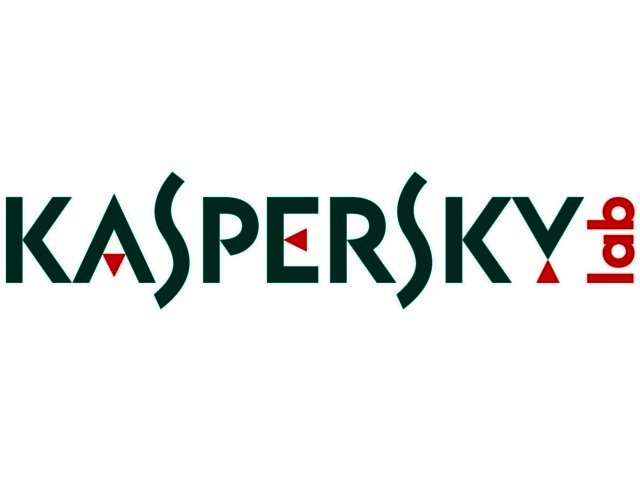PREVIOUS ARTICLENEXT ARTICLE
NEWS

Kelihos botnet takes beating from Kaspersky, Microsoft
By Staff Writer 3 October 2011 | Categories: news
In their ongoing assault against botnet operators and the hosting companies that allow anonymous domain registrations which facilitate them, Kaspersky Lab, Microsoft and Kyrus Tech have successfully teamed up to take out the Kelihos botnet.
Kelihos (originally named Hlux by Kaspersky Lab) was used for delivering billions of spam messages, stealing personal data, performing DDoS attacks and many other criminal activities, via an estimated 40 000 computers.
Kaspersky Lab has tracked it since the beginning of 2011, when the company started collaborating with Microsoft in tackling Kelihos, including sharing its live botnet tracking system with the US company.
According to Kaspersky Lab, its specialists reversed-engineered the code used in the bot, cracked the communication protocol, discovered the weaknesses in the peer-to-peer infrastructure, and developed the corresponding tools to counteract it. What’s more, since the offending domains used in the botnet have gone offline via court orders Microsoft had secured, Kaspersky Lab has been “sinkholing” the botnet - where one of its computers has gotten inside the botnet’s complex internal communications to bring it under its control.
Microsoft has also taken legal action against 24 individuals in connection with the infrastructure behind the botnet in a civil case that enabled the takedown of the domains being used to command and control the botnet. Microsoft’s legal action included declarations submitted to court to which contributions were made by Kaspersky Lab, and also a direct declaration from Kyrus Tech providing detailed information and evidence regarding the Kelihos botnet.
Acknowledging Kaspersky Lab’s active involvement in taking down the botnet, Richard Boscovich, senior attorney with the Microsoft Digital Crimes Unit, said: "Kaspersky Lab played a key role in this operation by providing us with unique and in-depth insight based upon their technical analysis and understanding of the Kelihos botnet. This contributed to both a successful takedown and as evidence for declarations made about the analysis and structure of the botnet. We are grateful for their support in this matter and their determination to make the internet safer."
Speaking of the continuing role Kaspersky Lab is playing in controlling Kelihos, Tillmann Werner, senior malware analyst of Kaspersky Lab Germany, said: “Since Kaspersky Lab’s sinkholing operation began on September 26, the botnet has been inoperable. And since the bots are communicating with our machine now, data mining can be conducted to track infections per country, for example. So far, Kaspersky Lab has counted 61 463 infected IP addresses, and is working with the respective ISPs to inform the network owners about the infections.”
Kelihos is a peer-to-peer botnet. It consists of layers of different kinds of nodes: controllers, routers and workers. Controllers are machines presumably operated by the gang behind the botnet. They distribute commands to the bots and supervise the peer-to-peer network's dynamic structure. Routers are infected machines with public IP addresses. They run the bot for sending out spam, collecting email addresses, sniffing out user credentials from the network stream, etc.
Microsoft has announced that its Malware Protection Center has added detection for the Kelihos malware to its Malicious Software Removal Tool. Since this tool is well-distributed the number of infections that have already been cleaned up is significant.
Cooperation between Kaspersky Lab and Microsoft has been ongoing now for some time. Notable recent collaboration includes that on the infamous Stuxnet worm, which hacked industrial control systems like those used in Iran’s nuclear programs.
USER COMMENTS
Most Read Articles
Read

Magazine Online
TechSmart.co.za is South Africa's leading magazine for tech product reviews, tech news, videos, tech specs and gadgets.
Start reading now >
Download latest issue
Have Your Say
What new tech or developments are you most anticipating this year?
New smartphone announcements (45 votes)
Technological breakthroughs (29 votes)
Launch of new consoles, or notebooks (14 votes)
Innovative Artificial Intelligence solutions (29 votes)
Biotechnology or medical advancements (24 votes)
Better business applications (160 votes)



